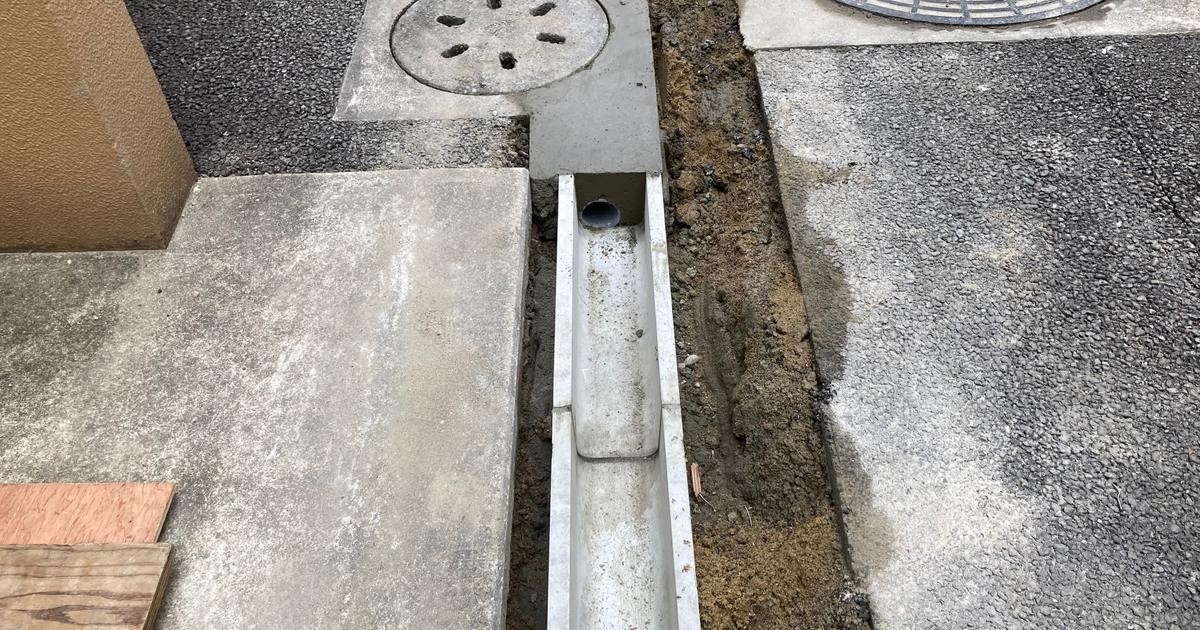Herb spirals not only look pretty, with them garden fans always have fresh herbs in the garden. The prerequisite for a spiral: the right location and the right structure.
Herbal spirals are a great way to fit many plants in a small space. Early summer is perfect for building your own herb spiral, and when it comes to materials, gardening fans can choose between a purchased spiral and a homemade one.
Herbal spiral: The right material for self-made herbal spirals
Herbal spirals are a real eye-catcher in the garden. © Chrome Orange/Imago
A herbal spiral doesn't have to be expensive. In addition to ready-made spirals from the hardware store or garden center, hobby gardeners can also easily build the practical planter themselves. The following materials are suitable, for example, for the construction of a herbal spiral:
- Natural stone: Similar to a natural stone wall, you can use anything, the wall does not necessarily have to be plastered.
- Steel with a rust look: Meanwhile very popular, the patina turns it into a unique herbal spiral. Nevertheless, these spirals are constructed in such a way that the rust cannot damage the entire construction, but only serves as decoration.
- Steel: Without rust, but mostly galvanized. The thin sheet metal leaves a lot of room for planting.
- Plastic: Light and usually quick to set up, but the look must match the garden.
- Granite: Durable, heavy and rather rare.
- Wood: Less weather-resistant than the other materials, but painted it can be made more durable.
- Gabions: A combination of wire and stone. Visually appealing, but comparatively expensive to buy.
Most of the materials can be bought as a kit or fully assembled. However, it is even more sustainable to build the herb spiral from old stones, which are recycled at the same time.
Herbal spiral: how to put it on
For such a herb spiral you need stones in sufficient quantity and enough free space in the garden or on the terrace. For the balcony, ready-made spirals are more suitable, these are often already lined with a film and make less dirt. If a pond is to be created, garden enthusiasts also need a bucket or foil. In addition, do-it-yourselfers need gravel for the drainage layer, compost, humus and sand.
0
Also Read
Cleaning floor tiles: Two home remedies to make your tiles shine again
READ
Four tips on how to keep your bathroom clean
READ
Rent increase after modernization: When is it allowed – and how high can it be?
READ
Grubs in the raised bed - which species are harmful and how do you get rid of them?
READ
Just don't clean out: Three things in the household that you better keep
READ
Fancy a voyage of discovery?
My Area
According to Norddeutscher Rundfunk (NDR), a herb spiral has four zones, one of which is the pond at the end as a wet area. Without this, the wetland zone, normal area and Mediterranean area remain upwards.
Here's how to proceed when building a herb spiral without a pond:
- Marking the base: The entrance to the spiral should face south, mark the floor plan (snail shape) on the ground and dig it about 30 centimeters deep.
- Set stones and fill them with gravel: Now set the stones. After the first layer, the area inside the spiral is filled with a layer of gravel, which will later serve as drainage. In the center, the gravel layer should be higher than at the entrance to the spiral.
- Setting up the spiral: Now build up the spiral with stones and filling towards the top. The following applies: Divide the spiral into different moisture ranges. In most cases, the highest point - about 80 centimeters high according to NDR - is used as the driest area, here you add half sand to the soil and do not use compost. Towards the bottom, you then use less and less sand, but more compost as an admixture to the soil. When setting the stones, they should be slightly inclined inwards, which gives the construction stability.
- Wait and see: Do not plant the herb spiral immediately, the soil will settle a little after rain showers. If necessary, add soil.
- Planting: Now it's time to plant the herb spiral. Spring is best suited for this, but you can also plant less sensitive herbs in autumn. When choosing herbs, garden fans orient themselves according to their requirements for the location. Make sure that fast-growing plants cannot overgrow others.
For example, lavender, sage, oregano, chives, dill, savory and many more fit into the herbal spiral. In the crevices between the stones, garden fans can plant Dost or thyme, advises the NDR. Lizards are also happy about the dry stone wall.






